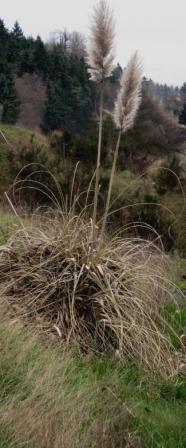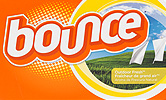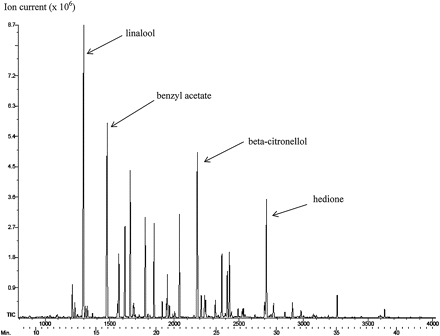Earlier today I was in a meeting with some other professionals from across Minnesota (and a few from Wisconsin and other areas) to discuss the disease problems of conifers. Our discussion quickly became focused on the use, and overuse, of Colorado blue spruce, a tree that just doesn’t do well in Minnesota — Or Michigan from what Bert has written! Everyone in the meeting was yammering on about how we need to educate nurseries and consumers about how terrible the Colorado blue spruce is in our environment — you’re lucky if you can get 10-15 years out of the thing before it succumbs to one disease or another. But, though academics, arborists, and most tree care professionals (including nurserymen) talk about how lousy this tree is, customers want Colorado blue — and if a nursery doesn’t sell it, well then that nursery has lost some business.
I support the idea of warning people away from Colorado blue. Still, during our meeting I couldn’t help but have this thought running through my mind:
Colorado blue spruce is a unique and beautiful tree — it is bluish in color, tends to have a good form, and is a relatively fast grower (until it succumbs to whatever disease it dies from!). There are certainly other trees that are also beautiful — but there is no denying that Colorado blue has a distinctive look. If I were walking through a nursery this would be the tree that I’d want. If a nursery person told me that the tree was going to have a short life — 10 – 15 years of looking good — I just might be OK with that because there just aren’t that many trees which look as attractive as a Blue spruce in a nursery. Sure, I could have something that would look OK for 30 years, but, if I’m like most Americans, I won’t even be in the house that I’m living in now in 10 years, never mind 30.
To draw an analogy, You know that a Porsche 911 isn’t the best car to buy — it is a gas guzzler (for it’s size) — it doesn’t have much luggage space (or room for passengers), and it’s less reliable than your typical compact car. A Toyota Camry is better in all of the areas that I just mentioned. Still, if I were looking for a car and if they were the same price I have to admit that the Porsche would be too cool to pass up.




